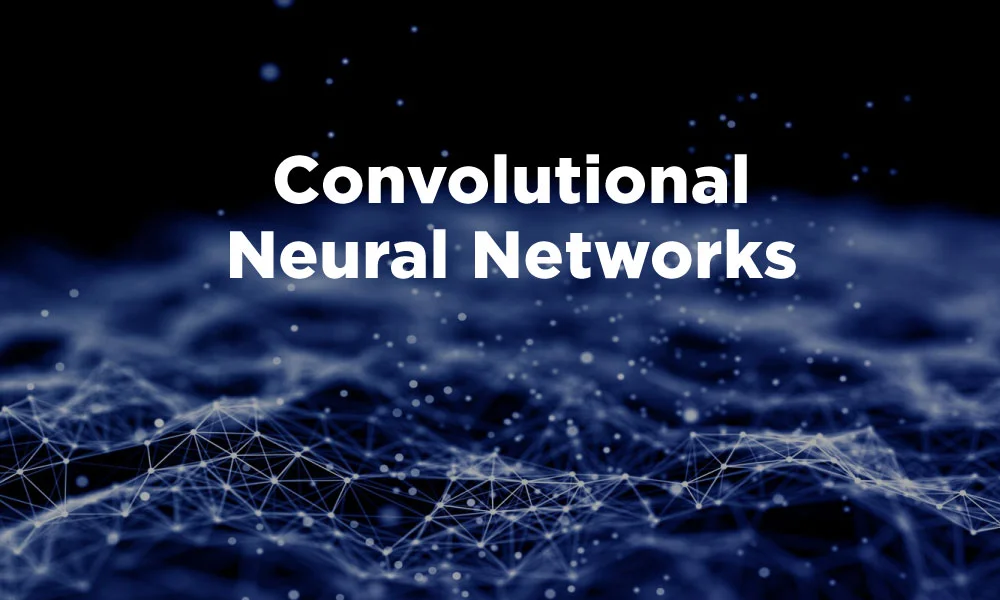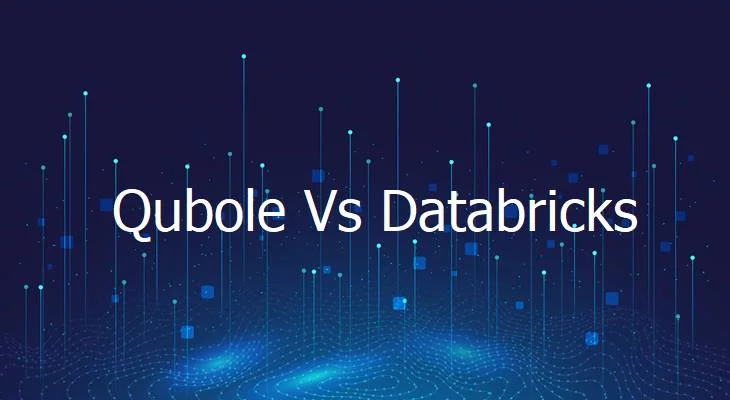Yes, data is the most valuable asset in today’s digital world. However, data is often considered a challenge rather than an opportunity for many businesses. The increasing cost of storage facilities, the engineering complexity of managing them, compliance risk, and IT operations inefficiency all stem from a single cause: data fragmentation.
Fragments of data hinder visibility, delay the decision-making process, and prevent businesses from maximizing the value of their data. In digital transformation organizations, data fragmentation is no longer an option but a success factor.
In this blog, we will discuss what data fragmentation means, its types, real-life scenarios, and how to resolve it to achieve long-term business resilience.
What is Data Fragmentation?
Information is scattered across systems, applications, and storage environments in a manner that makes it difficult to access, analyze, and manage effectively and efficiently (Cole 2006).
This fragmentation can be:
- Physical fragmentation: When files or data sets are distributed over multiple servers, devices, or places.
- Logical fragmentation occurs when data is stored on different platforms, making it inconsistent and difficult to join, particularly when multiple versions exist.
The outcome is inefficiency, inconsistency, and increased costs. Businesses often struggle to maintain a single source of truth, which can directly impact customer knowledge, business efficiency, and compliance readiness.
Types of Data Fragmentation
Fragmentation of data usually takes place in three dimensions:
1. By Location
Data can be stored in on-premises data centers, hybrid infrastructures, public clouds, or private clouds. The addition of silos in each place makes it tricky to have a clear picture.
2. By System
Organizations have numerous databases, servers, and even IoT/edge devices. Data on each system could be isolated, resulting in blind spots in operations.
3. By Application
Their copies of data are stored in various applications, including backup systems, analytics platforms, storage tools, and development and testing environments. These unrelated silos result in redundancy and complexity in data management.
The Data Fragmentation Business Impact
In the case of fragmented data, it impacts both short-term and long-term strategies. The following are some typical effects of it:
1. Inefficiency in Inventory Management
Inventory information that is divided across different systems or locations makes it almost impossible to maintain accurate stock levels. Certain places can become overstocked, while others can experience stock-outs, which damages revenue and the customer experience.
2. Poor Customer Personalization
Customers today want personalized services. However, disjointed information also means that businesses cannot centralize customer records and end up communicating generic, inaccurate recommendations, missing opportunities to establish loyalty.
3. Lost Analytics Opportunities
The presence of data silos prevents comprehensive insights from being drawn by the analytics tools. Companies miss the opportunity to gain actionable intelligence that can enhance their sales strategies, increase engagement, or optimize operations.
4. Increasing IT Costs and Morale Problems
Fragmentation causes wastage of storage and redundancy of infrastructure, as well as high management overheads. IT departments are wasting time troubleshooting and maintaining systems, rather than being innovative, which leads to burnout and poor morale.
Solutions to Address Data Fragmentation
The good news? The correct strategies, governance, and tools can help organizations address data fragmentation. Below are proven approaches:
1. Use Data Lakes and Data Warehouses.
Silos will be broken with centralized repositories:
- Data Lakes contain raw, unstructured, semi-structured data that can be used later to extract advanced insights. Data Warehouses are optimized data stores used to perform quick analysis of structured data optimized for querying and reporting.
When information is centralized in these repositories, companies will enjoy complete visibility and enhanced decision-making capabilities.
2. Introduction of Strong Data Governance Policies.
Data governance provides uniformity throughout the organization. This includes:
- Determining data ownership roles and responsibilities.
- Establishing access control and data security policies.
- Imposing the use of quality standards to ensure accuracy and consistency.
Good governance is known to minimize duplication, enhance compliance, and promote accountability.
3. Define a Data Strategy and Architecture
A well-drawn data roadmap provides congruence between business objectives and IT implementation. This involves:
- Mapping your existing data ecosystem.
- Foreseeing future data increase and new data sources.
- An architectural design that can accommodate transformation.
Organizations can stay ahead of the emerging technologies with the right strategy, and the risks of fragmentation will be decreased.
4. Adopting Data Quality Monitoring
Regular check-ups ensure the data is accurate, complete, and trustworthy. Automated quality checks can:
- Find irregularities and discrepancies at an early stage.
- Check system-to-system integrity. Standardize and clean fragmented information.
This minimizes errors and also creates data resiliency throughout the ecosystem.
5. Use Data management platforms built on the cloud
Cloud platforms are flexible and can be scaled to centralize the data and provide secure access. Solutions like ezion are used to bring together fragmented data, making it easier to handle and analyze, and to consolidate the workflow.
Solving Data Fragmentation is a vital part of Digital Transformation.
Digital transformation relies on the use of data to make decisions. However, transformation initiatives stand still unless there is coherent, dependable data. By dealing with fragmentation, organizations can:
- Enhance operating efficiency through access to precise information.
- Enhance the strength of both compliance and security by increasing visibility and transparency.
- Unlock AI and analytics **new opportunities.
- Customer-focused solutions deliver personalized and customer-centric experiences.
- Reduce storage and IT management costs.
To put it briefly, addressing the issue of data fragmentation is the key to innovation and sustainable business performance.
Stay tuned with all the latest blogs around the tech landscape, right here!
Recommended For You:
Why is Data Lineage Important?
Exploring Data Augmentation Techniques and Their Importance in Machine Learning





